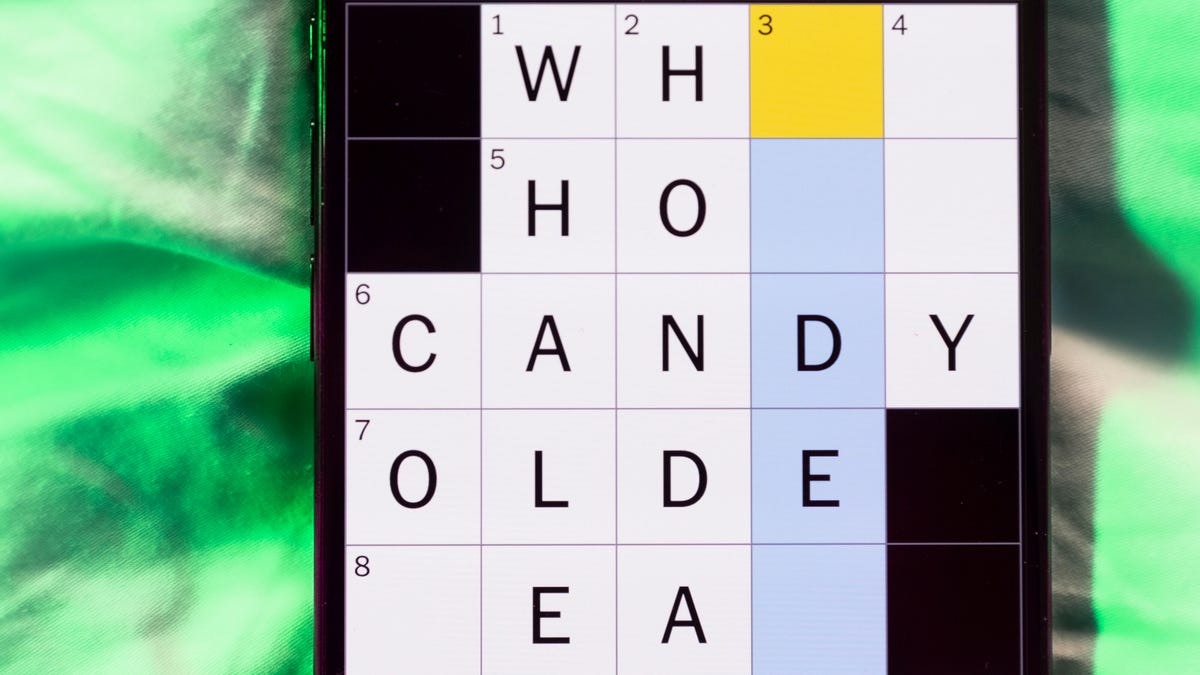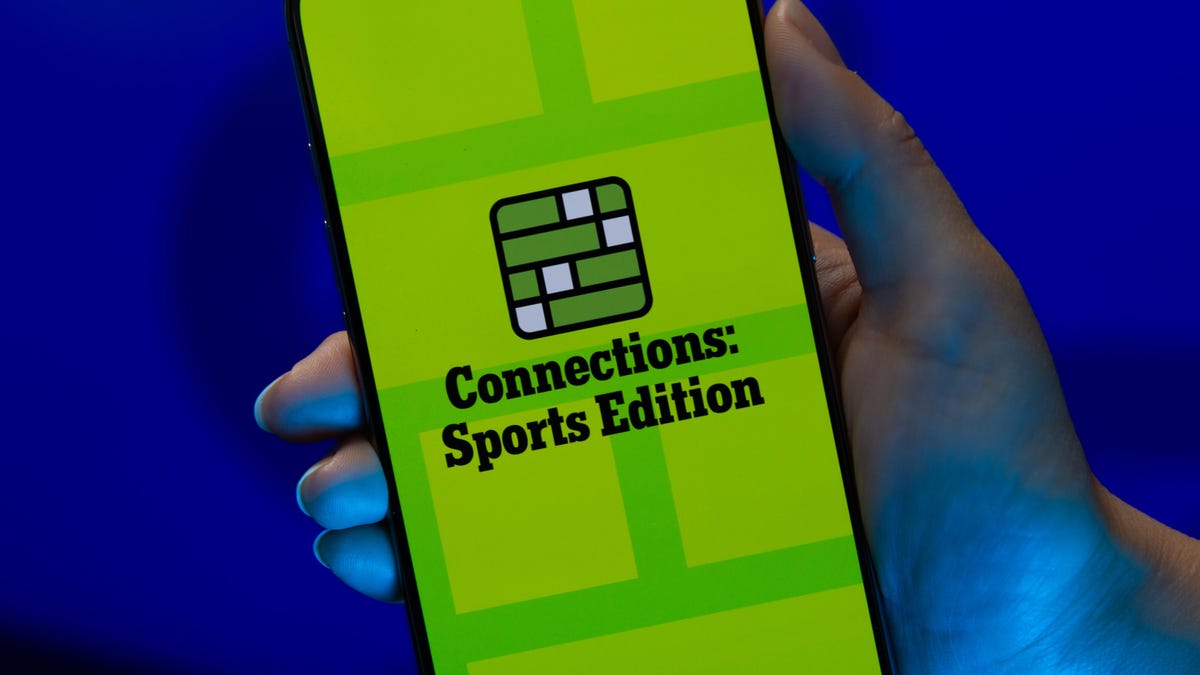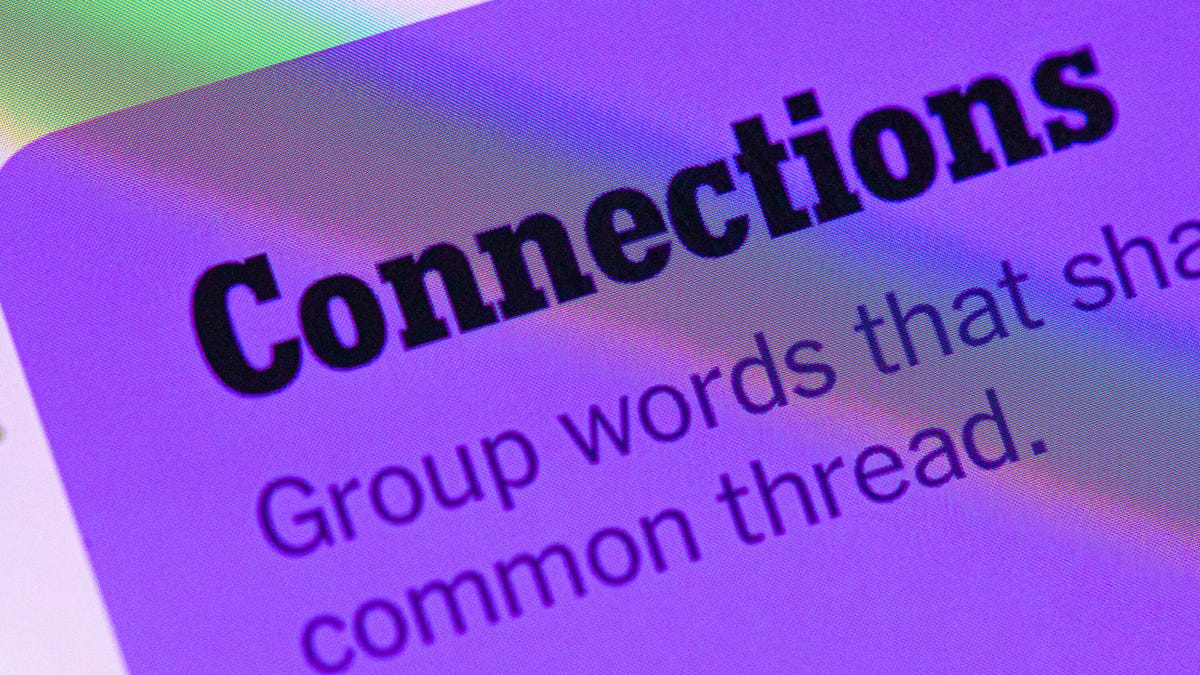Technologies
NBA Play-In and Playoffs 2023: How to Watch, Stream Friday’s Games Without Cable
The final spots for the NBA playoffs will be decided tonight on TNT and ESPN.

The NBA postseason has begun. The play-in tournament got underway this week with the Hawks and Lakers locking up the no. 7 seeds in their respective conferences. Tonight, the final spots will be determined with the Bulls taking on the Heat for the East’s eighth seed on TNT and the Thunder battling the Timberwolves for the West’s last playoff ticket on ESPN.
The regular NBA playoffs will kick off on Saturday, with four games running throughout the afternoon on ESPN and ABC.
Here’s everything you need to know about watching and streaming the NBA postseason with or without cable.


Shai Gilgeous-Alexander and the Oklahoma City Thunder take on the Minnesota Timberwolves tonight on ESPN.
Alex Goodlett/Getty ImagesWhat is the schedule for the play-in games?
The play-in game schedule is as follows (all times ET):
Friday, April 14:
- Bulls vs. Heat, 7 p.m. on TNT; the winner plays the Bucks starting on Sunday.
- Thunder vs. Timberwolves, 9:30 p.m. on ESPN; the winner plays the Nuggets starting on Sunday.
When do the NBA playoffs start?
The NBA playoffs start on Saturday, April 15.
The NBA Finals will begin on Thursday, June 1. Game 7 of the Finals, if necessary, will take place on Sunday, June 18.
What is the 2023 NBA playoffs schedule?
Here is the schedule for the NBA playoffs on Saturday and Sunday (all times ET):
Saturday, April 15
- Brooklyn Nets vs. Philadelphia 76ers, 1 p.m. ET on ESPN (Game 1)
- Atlanta Hawks vs. Boston Celtics, 3:30 p.m. ET on ESPN (Game 1)
- New York Knicks vs. Cleveland Cavaliers, 6 p.m. ET on ESPN (Game 1)
- Golden State Warriors vs. Sacramento Kings, 8:30 p.m. ET on ABC (Game 1)
Sunday, April 16
- Los Angeles Lakers vs. Memphis Grizzlies, 3 p.m. ET on ABC (Game 1)
- Bulls/Heat winner vs. Milwaukee Bucks, 5:30 p.m. ET on TNT (Game 1)
- Los Angeles Clippers vs. Phoenix Suns, 8 p.m. ET on TNT (Game 1)
- Thunder/Timberwolves winner vs. Denver Nuggets 10:30 p.m. ET on TNT (Game 1)
What does the NBA playoff bracket look like?
What channels will broadcast playoff games?
The play-in games will air on TNT and ESPN. The NBA playoffs will air on TNT, ESPN, ABC and NBA TV.
This year TNT will have the Eastern Conference finals, while ESPN will take the lead on the Western Conference finals. The NBA Finals will air on ABC.
Best options for streaming the NBA playoffs
As all the games will be shown nationally, most of the major streaming TV services offer all the networks you’ll need for watching the NBA playoffs. That said, it can be a bit complicated.
Sling TV’s Orange plan includes ESPN and TNT. NBA TV is available as part of the Sports Extra add-on, which costs $11 a month. ABC, however, is only available in eight markets (Chicago, Los Angeles, New York City, Philadelphia, San Francisco, Fresno, Houston and Raleigh) and requires the Orange and Blue combo plan if you want ESPN too. That combo plan costs $65 per month in all of those cities except Fresno, Houston and Raleigh, where it costs $60.
Hulu Plus Live TV costs $70 a month and ESPN, ABC and TNT, but not NBA TV. Click the «View all channels in your area» link at the bottom of its welcome page to see which local networks are available where you live.
YouTube TV costs $73 a month and offers all the main basketball channels for the NBA playoffs, including NBA TV. Plug in your ZIP code on its welcome page to see which local networks are available in your area.
FuboTV costs $75 per month for its Pro option and ABC, ESPN and NBA TV but not TNT. Check out which local networks it offers here.
DirecTV Stream is expensive. It’s the priciest of the five major live TV streaming services. Its cheapest, $65-a-month Entertainment package includes ESPN, ABC, and TNT. You’ll need to move up to the $85-a-month Choice plan to get NBA TV. You can use its channel lookup tool to see which local channels and RSNs are available in your area.
It is worth noting that DirecTV has an additional $15 «advanced receiver service» fee that automatically applies and is extra from the sticker price, which makes the Entertainment package $80 per month and the Choice option $100 per month.
Each live TV streaming service offers a free trial, allows you to cancel anytime and requires a solid internet connection. Looking for more information? Check out our live TV streaming services guide.
Technologies
Today’s NYT Mini Crossword Answers for Friday, Dec. 26
Here are the answers for The New York Times Mini Crossword for Dec. 26.

Looking for the most recent Mini Crossword answer? Click here for today’s Mini Crossword hints, as well as our daily answers and hints for The New York Times Wordle, Strands, Connections and Connections: Sports Edition puzzles.
Need some help with today’s Mini Crossword? Some of the clues are tough today — I thought maybe 1-Across was referring to the Grinch, or even Oscar the Grouch, but was I ever wrong! Read on for all the answers. And if you could use some hints and guidance for daily solving, check out our Mini Crossword tips.
If you’re looking for today’s Wordle, Connections, Connections: Sports Edition and Strands answers, you can visit CNET’s NYT puzzle hints page.
Read more: Tips and Tricks for Solving The New York Times Mini Crossword
Let’s get to those Mini Crossword clues and answers.
Mini across clues and answers
1A clue: Furry and green, say
Answer: MOSSY
6A clue: State known for its potatoes
Answer: IDAHO
7A clue: Like a faithful friend
Answer: LOYAL
8A clue: Had a beverage
Answer: DRANK
9A clue: Pronoun frequently paired with «her»
Answer: SHE
Mini down clues and answers
1D clue: Not spicy, as salsa
Answer: MILD
2D clue: Reasons for wrinkled noses
Answer: ODORS
3D clue: Words from a doctor checking your tonsils
Answer: SAYAH
4D clue: Comedian Gillis
Answer: SHANE
5D clue: Part of an egg used to make hollandaise sauce
Answer: YOLK
Don’t miss any of our unbiased tech content and lab-based reviews. Add CNET as a preferred Google source.
Technologies
Today’s NYT Connections: Sports Edition Hints and Answers for Dec. 26, #459
Here are hints and the answers for the NYT Connections: Sports Edition puzzle for Dec. 26, No. 459.

Looking for the most recent regular Connections answers? Click here for today’s Connections hints, as well as our daily answers and hints for The New York Times Mini Crossword, Wordle and Strands puzzles.
Today’s Connections: Sports Edition is a tough one. That purple category once again has players looking for a different, but related, hidden word in four of the clues. If you’re struggling with today’s puzzle but still want to solve it, read on for hints and the answers.
Connections: Sports Edition is published by The Athletic, the subscription-based sports journalism site owned by The Times. It doesn’t appear in the NYT Games app, but it does in The Athletic’s own app. Or you can play it for free online.
Read more: NYT Connections: Sports Edition Puzzle Comes Out of Beta
Hints for today’s Connections: Sports Edition groups
Here are four hints for the groupings in today’s Connections: Sports Edition puzzle, ranked from the easiest yellow group to the tough (and sometimes bizarre) purple group.
Yellow group hint: Big Apple jock.
Green group hint: College football fun.
Blue group hint: On the road.
Purple group hint: Hunt down a word in other words.
Answers for today’s Connections: Sports Edition groups
Yellow group: A New York athlete.
Green group: Bowl games.
Blue group: Associated with a team road trip.
Purple group: Ends in a movement verb.
Read more: Wordle Cheat Sheet: Here Are the Most Popular Letters Used in English Words
What are today’s Connections: Sports Edition answers?
The yellow words in today’s Connections
The theme is a New York athlete. The four answers are Islander, Net, Ranger and Yankee.
The green words in today’s Connections
The theme is bowl games. The four answers are Alamo, Gator, Liberty and Pinstripe.
The blue words in today’s Connections
The theme is associated with a team road trip. The four answers are bus, flight, hotel and visiting locker room.
The purple words in today’s Connections
The theme is ends in a movement verb. The four answers are foxtrot (trot), newsprint (sprint), terrace (race) and thunderbolt (bolt).
Don’t miss any of our unbiased tech content and lab-based reviews. Add CNET as a preferred Google source.
Technologies
Today’s NYT Connections Hints, Answers and Help for Dec. 26, #929
Here are some hints and the answers for the NYT Connections puzzle for Dec. 26 #929

Looking for the most recent Connections answers? Click here for today’s Connections hints, as well as our daily answers and hints for The New York Times Mini Crossword, Wordle, Connections: Sports Edition and Strands puzzles.
Today’s NYT Connections puzzle is full of fun pop-culture references. Read on for clues and today’s Connections answers.
The Times has a Connections Bot, like the one for Wordle. Go there after you play to receive a numeric score and to have the program analyze your answers. Players who are registered with the Times Games section can now nerd out by following their progress, including the number of puzzles completed, win rate, number of times they nabbed a perfect score and their win streak.
Read more: Hints, Tips and Strategies to Help You Win at NYT Connections Every Time
Hints for today’s Connections groups
Here are four hints for the groupings in today’s Connections puzzle, ranked from the easiest yellow group to the tough (and sometimes bizarre) purple group.
Yellow group hint: Golden state cliches.
Green group hint: Funny films.
Blue group hint: Rock on.
Purple group hint: Not white.
Answers for today’s Connections groups
Yellow group: California-based character tropes.
Green group: Comedy subgenres.
Blue group: ’70s rock bands.
Purple group: Black ____.
Read more: Wordle Cheat Sheet: Here Are the Most Popular Letters Used in English Words
What are today’s Connections answers?
The yellow words in today’s Connections
The theme is California-based character tropes. The four answers are movie exec, surfer, tech bro and Valley Girl.
The green words in today’s Connections
The theme is comedy subgenres. The four answers are buddy, cringe, screwball and stoner.
The blue words in today’s Connections
The theme is ’70s rock bands. The four answers are America, Chicago, Foreigner and Journey.
The purple words in today’s Connections
The theme is black ____. The four answers are Forest, Friday, Panther and Widow.
Don’t miss any of our unbiased tech content and lab-based reviews. Add CNET as a preferred Google source.
-

 Technologies3 года ago
Technologies3 года agoTech Companies Need to Be Held Accountable for Security, Experts Say
-

 Technologies3 года ago
Technologies3 года agoBest Handheld Game Console in 2023
-

 Technologies3 года ago
Technologies3 года agoTighten Up Your VR Game With the Best Head Straps for Quest 2
-

 Technologies4 года ago
Technologies4 года agoBlack Friday 2021: The best deals on TVs, headphones, kitchenware, and more
-

 Technologies4 года ago
Technologies4 года agoVerum, Wickr and Threema: next generation secured messengers
-

 Technologies4 года ago
Technologies4 года agoGoogle to require vaccinations as Silicon Valley rethinks return-to-office policies
-

 Technologies4 года ago
Technologies4 года agoOlivia Harlan Dekker for Verum Messenger
-

 Technologies4 года ago
Technologies4 года agoiPhone 13 event: How to watch Apple’s big announcement tomorrow
